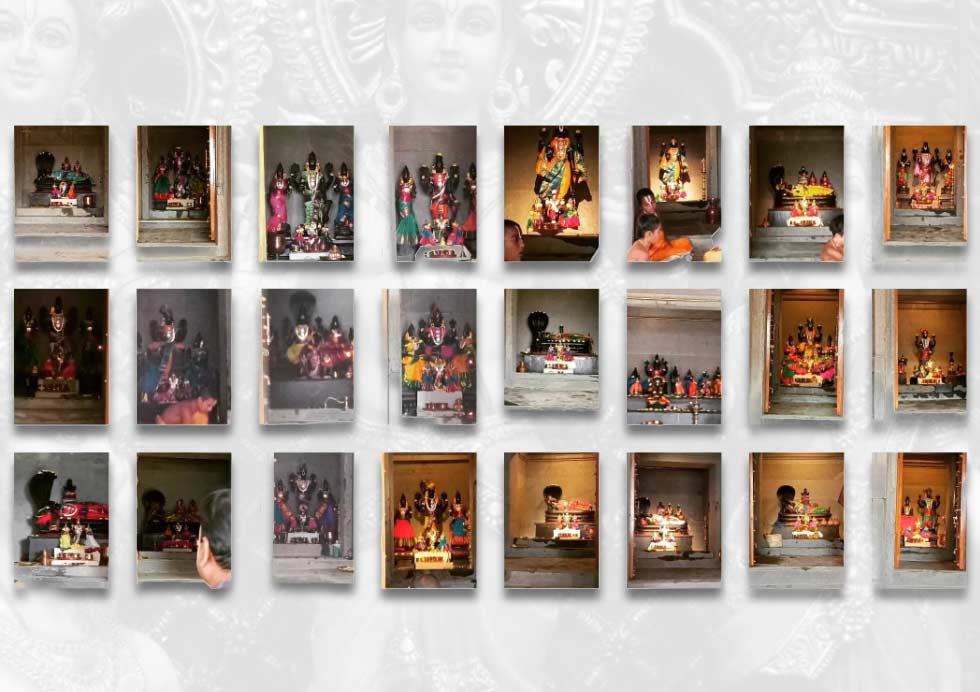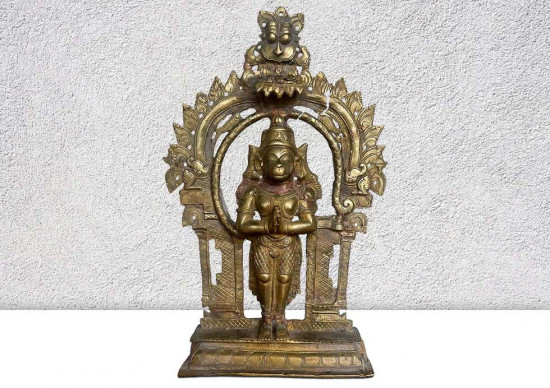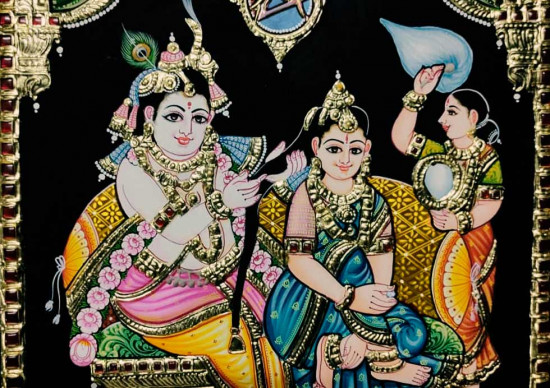
What are Divya Desam Temples?


Why Are There 108 Divya Desam Temples?
The number 108 holds great significance in Hinduism, and it is often considered a sacred and auspicious number. There are several reasons why there are precisely 108 Divya Desam Temples:
- Spiritual Completeness: In Hinduism, 108 is believed to represent spiritual completeness. It is considered the ideal number to symbolize the pursuit of spiritual perfection and the journey towards self-realization.
- Cosmic Alignment: The number 108 is believed to correspond to various cosmic and celestial elements, such as the 12 zodiac signs and the nine planets. In this way, visiting all 108 Divya Desam Temples is seen as a way to align oneself with the cosmos and attain spiritual harmony.
- Sacred Repetition: Many mantras and prayers in Hinduism involve the repetition of 108 times. Chanting a mantra 108 times is believed to invoke the divine blessings and energies associated with that mantra.
The Significance of the 108 Divya Desam Temples:
The temple also participates in the Annadhanam scheme, which is a noble initiative that provides free meals to devotees. Under this scheme, the temple offers free food to a hundred devotees daily, and the entire expenditure is covered by contributions from devotees. This charitable act demonstrates the temple’s commitment to providing sustenance and nourishment to its visitors as a part of its religious and community service.
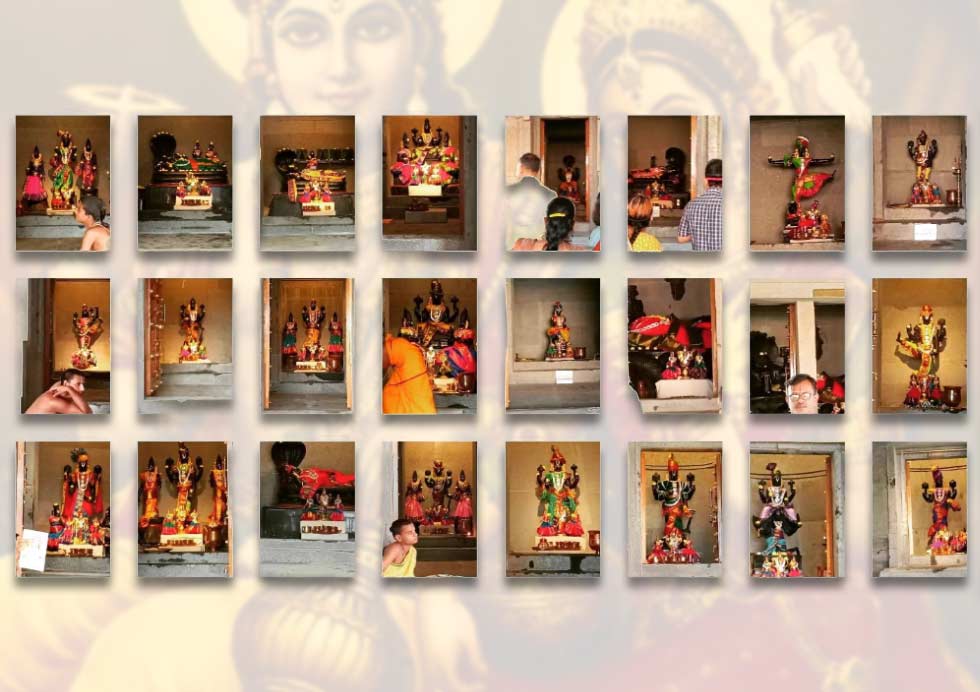
The 108 Divya Desam Temples are significant for several reasons:
- Divine Abode of Lord Vishnu: Each temple is dedicated to Lord Vishnu in one of his various forms, and they are considered his divine abodes on Earth. Devotees visit these temples to seek blessings, experience spiritual solace, and connect with the divine.
- Historical and Architectural Marvels: These temples showcase stunning architecture, intricate carvings, and beautiful sculptures, reflecting the rich heritage of Indian art and craftsmanship. They stand as living testaments to the artistic and architectural prowess of the past.
- Pilgrimage and Devotion: For devout Hindus, visiting all 108 Divya Desam Temples is considered a sacred pilgrimage. It is a journey that deepens their connection with the divine and reinforces their faith.
Where Are the 108 Divya Desam Temples Located?
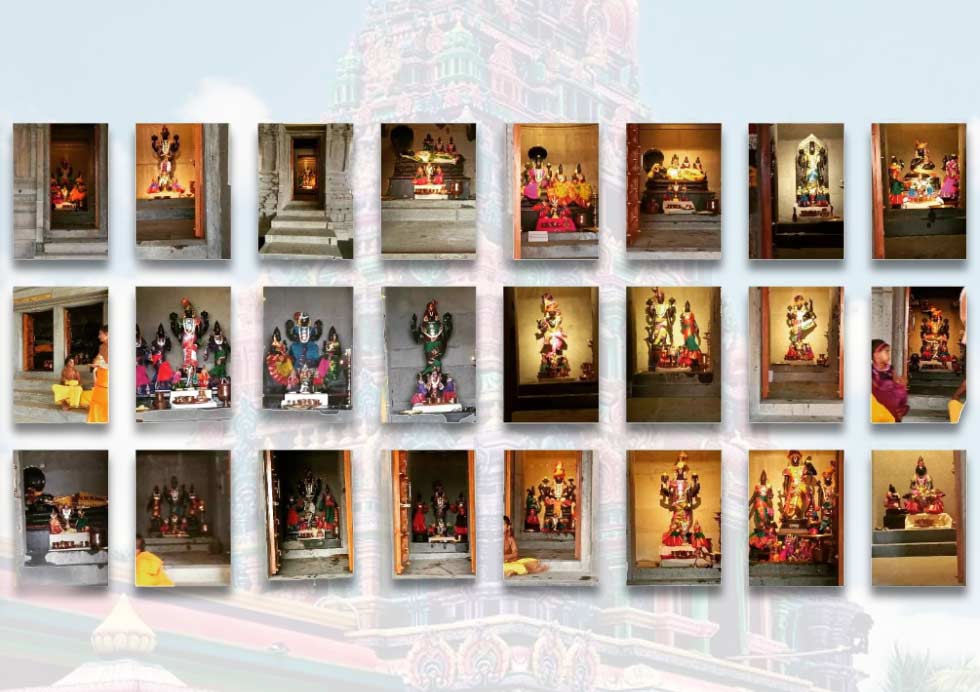


3. Muktinath, Saligramam, Nepal
4. Naimisaranya – UP
5. Mathura – UP
6. Gokul – UP
7. Raghunathji Temple – UTK
8. Badrinath temple -UTK
9. Jyotirmath (Joshimutt) – UTK
10. Ayodhya – UP
11. Dwarka – Gujarat
13. Thirukatkarai
14. Moozhikkalam
15. Tiruvalla
16. Thirukadithanam
17. Sengunroor
18. Thiruppuliyoor
19. Thiruvaaranvilai
20. Thiruvanvandoor
21. Thiru naavaay
22. Viththuvakkodu
24. Thirukoshtiyur
25. Koodal Azhagar Temple
26. Azhagar Kovil
27. Tirumogoor
28. Srivilliputhur
29. Tiruththangal
30. Thiruppullani
31. Thirukachi
32. Ashtabujakaram
33. Tiruvenkata
34. Tiruththanka
35. Tiruvelukkai
36. Tirukalvanoor
37. Tiru oorakam
38. Tiru neeragam
39. Tiru kaaragam
40. Tirukaar Vaanam
41. Tiru parameswara vinnagaram
42. Tiru pavala vannam
43. Tiru paadagam
44. Nilathingal Thundam Perumal temple
45. Thiruputkuzhi
47. Thiruneermalai
48. Thiruvidandai
49. Thirukadalmallai
50. Thiruninravur
51. Thiruvallur
52. Thirukkadigai
54. Thiruindaloor
55. Kazheesirama Vinnagaram
56. Thirukkavalampadi
57. Thiruchsemponsey
58. Thiruarimeya Vinnagaram
59. Thiru Vanpurushothamam
60. Thiruvaikunda vinnagaram
61. Thirumanimadam
62. Thiruthevanartthogai
63. Thiruthetriyambalam
64. Thirumanikkoodam
65. Thiruvellakkulam
66. Thiruppaarththanpalli
67. Thalai Sanga Nanmathiyam
68. Thiruchsirupuliyur
69. Thiruvali-Thirunagari
71. Thirukkannangudi
72. Thirunagai
73. Thiru Thanjai
74. Thirukkoodaloor
75. Thiru Kavith Thalam
76. Thiru Adhanoor
77. Thirupullabhoothangudi
78. Thirukkudandhai
79. Thiruccherai
80. Thirunandipura Vinnagaram
81. Thiru Naraiyoor
82. Thiruvinnagar
83. Thiruvelliyangudi
84. Thirukkanamangai
85. Thirukkkannapuram
86. Thiruvahithipuram
87. Tirukkoilur
88. Thirukkandiyur
90. Thirukozhi
91. Thirukkarambanoor
92. Thiruvellarai
93. Thiru Anbil
94. Thirupper Nagar
96. Thirukkurungudi
97. Srivaikundam
98. Thiruvaragunamangai
99. Thiruppulingudi
100. Thirukkurugoor
101. Thirutthulaivillimangalam
102. Thirukkoloor
103. Thirukkulandhai
104. Thentirupperai
108. Paramapadam
108. Paramapadam
